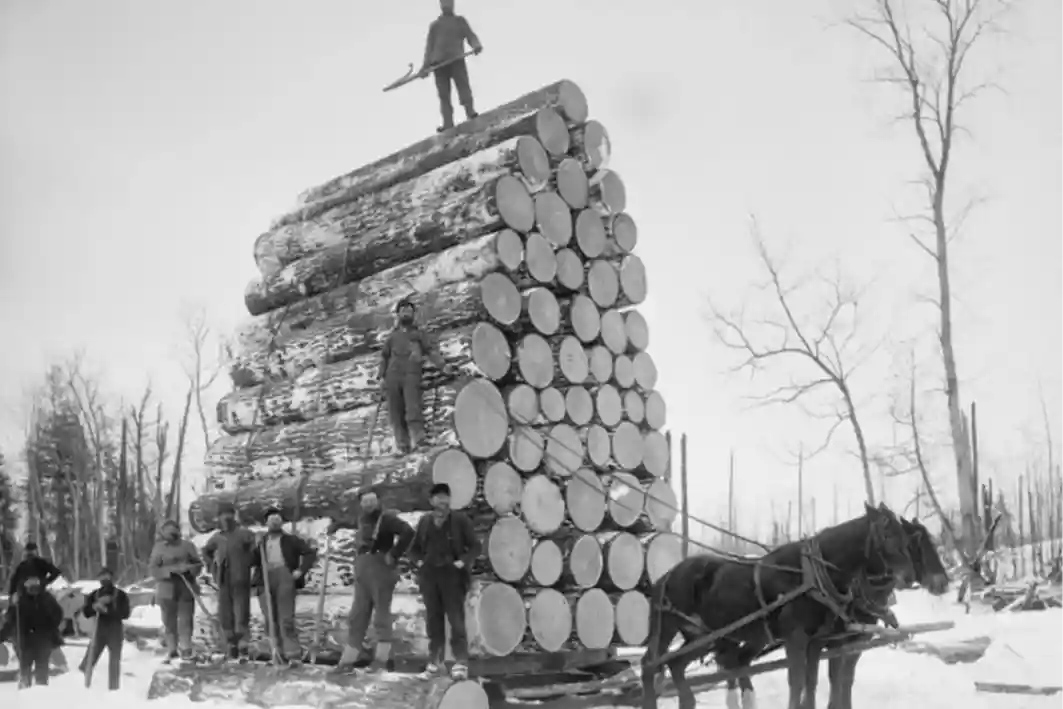Often I ask companies how do they measure their timber, they reply: “We scale.” I know the question asked is somewhat loaded, but considering the vast differences in measuring this way – I’ve written 5 reasons why you shouldn’t measure timber via weight.
Scaling is typically used to measure low variability or low value sales timber. From a positive side using weight is one of the easiest methods because the majority understand what a ton is. However, the simplest method is not always the best option.
**\
- Weight varies due to seasonal and other factors**
Weight is significantly impacted by several variables, particularly time. The weight of timber can be variable depending on the season. Timber gets wet and therefore, heavier. Logs are typically stored for several months in the forest before being transported to the buyer. Often, the sellers will probably lose tons and receive less money.
2. Paying for bark
Most volume formulae measure the diameter under the bark meaning that clients need to only pay for the timber received. Several countries calculate the amount of bark by percentage (for example Finland counts the bark as 12%). The point here is that in the case of using scales, clients also pays for the bark, even though the bark is peeled of in later phases.
3. Wrong species or assortments within the load
With measuring in tons everything can be scaled: assortments, products or species. Sometimes it might occur that wrong species/assortment are within the load. This kind of mistake can be difficult, or even impossible to detect at a later stage. For example, some species are not suitable for making heating pellets, and as a result the lower resin content has an effect on the structure pellets – simply put these pellets will fall apart.
4. Administrative challenges
As the timber weight varies due to time and seasonal factors, it might cause significant problems in administering the different results throughout time. It becomes a nightmare to run inventories: as it is unlikely that all the piles can be scaled again, so the control has to be done simply by assessing what the volume might be and the error margin is usually really high.
5. No biometric data
Scales can weigh everything. Yet, some logs can be so big that these simply don’t fit into the processing machinery. Typically, this problem occurs in later phases and the certain log has to be processed differently or even removed from production.
To summarize, we always have to remember that timber is a valuable material that needs special handling, due to its unique characteristics. Scaling is a suitable option when materials have a low variability but this is not the case when it comes to the weighing of logs.
What are your thoughts on my comments? I’d love to hear your arguments, so get in touch.
